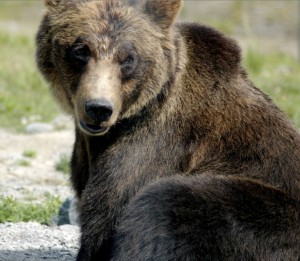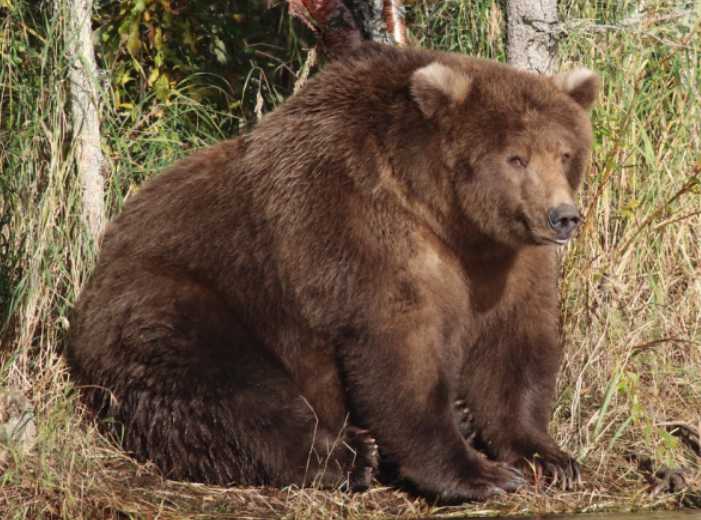
(Soldotna) – The RB300 spring registration hunt for brown bears on the Kenai Peninsula closed on May 31, and information gathered from harvest reports, sealing records and hunter comments is providing Alaska Department of Fish and Game biologists early insight into the hunt and some new regulations governing it.
The total spring brown bear harvest for Kenai Peninsula Game Management Units 7 and 15 was 51 bears. Of the bears taken, 29 were adult males (57 percent of the total harvest), and five were adult females (10 percent of the total harvest). The remaining 17 bears were sub-adults – nine males and eight females.
“Only five adult females have been taken by hunters in 2014 compared to 15 in 2013,” said Soldotna area wildlife biologist Jeff Selinger, “and there have been no non-hunting human-caused brown bear mortalities reported so far this year. If you add the non-hunting human-caused mortality (road kills, bears killed in defense of life or property, and those killed illegally by poachers, etc.) to the 2013 hunt take, 23 adult females were killed in 2013 compared to only five so far this year. This is important because adult female mortalities have the biggest impact on the brown bear population.”
Reasons for the shift could be partly related to new regulations allowing hunters to harvest brown bears at registered black bear bait stations on lands outside the Kenai National Wildlife Refuge.
“There are likely several reasons the percentages of adult male brown bears went up this year on the Kenai Peninsula,” said Selinger. “Adult males tend to leave their dens early in the spring and travel over a large area; if they find a good source of food (as with a registered black bear bait station) they’re likely to stay for a while. Also, I believe it’s easier to distinguish males from females in the spring because they are both relatively lean, and their different physical characteristics are more pronounced.”
Bait stations draw bears out of heavy brush and dense forests and into view, providing hunters more spotting opportunities. Thirty-nine brown bears, or 76 percent of the total 2014 spring harvest, were taken at bait sites.
The spring take and any additional non-hunting mortalities will be considered as biologists decide how to manage the fall portion of the hunt, currently scheduled to begin September 1, Selinger said. “The objective is to not exceed 70 total human-caused brown bear mortalities or 17 adult female mortalities during calendar year 2014.”
The Alaska Board of Game raised Kenai Peninsula brown bear mortality caps in 2013, largely in response to testimony from many locals that brown bear nuisance issues and public safety were a concern.
“Having fewer bears near town will likely lead to fewer complaints,” said Selinger, “that, combined with more people taking measures to manage attractants by using bear-resistant trash containers, keeping trash secure until they go to the landfill, using electric fences around poultry and livestock feed, and taking down bird feeders can lead to fewer bear-human conflicts in residential areas. We would like to see an increased effort to minimize human-generated attractants so new bears that travel into residential areas do not obtain an easy meal and travel on through. While many residents are doing an excellent job managing attractants, we still have ways to go. Almost all of the bear calls we’ve received this year are related to bears getting into garbage.”
Another regulation change affecting the spring 2014 hunt and future RB300 hunts is a requirement that hunters who take a brown bear over bait must salvage the meat for human consumption.
Word from successful RB300 hunters who have prepared and sampled their spring brown bear harvests is that the meat has been good. Some have expressed surprise because conventional wisdom has long suggested brown bear meat tends to have a strong, unpleasant flavor.
“A hunter shared some brown bear meat with us this spring and we prepared it in a Crock Pot for a potluck at work,” said Southcentral management coordinator Gino DelFrate. “It was very tasty. Everyone liked it.”






